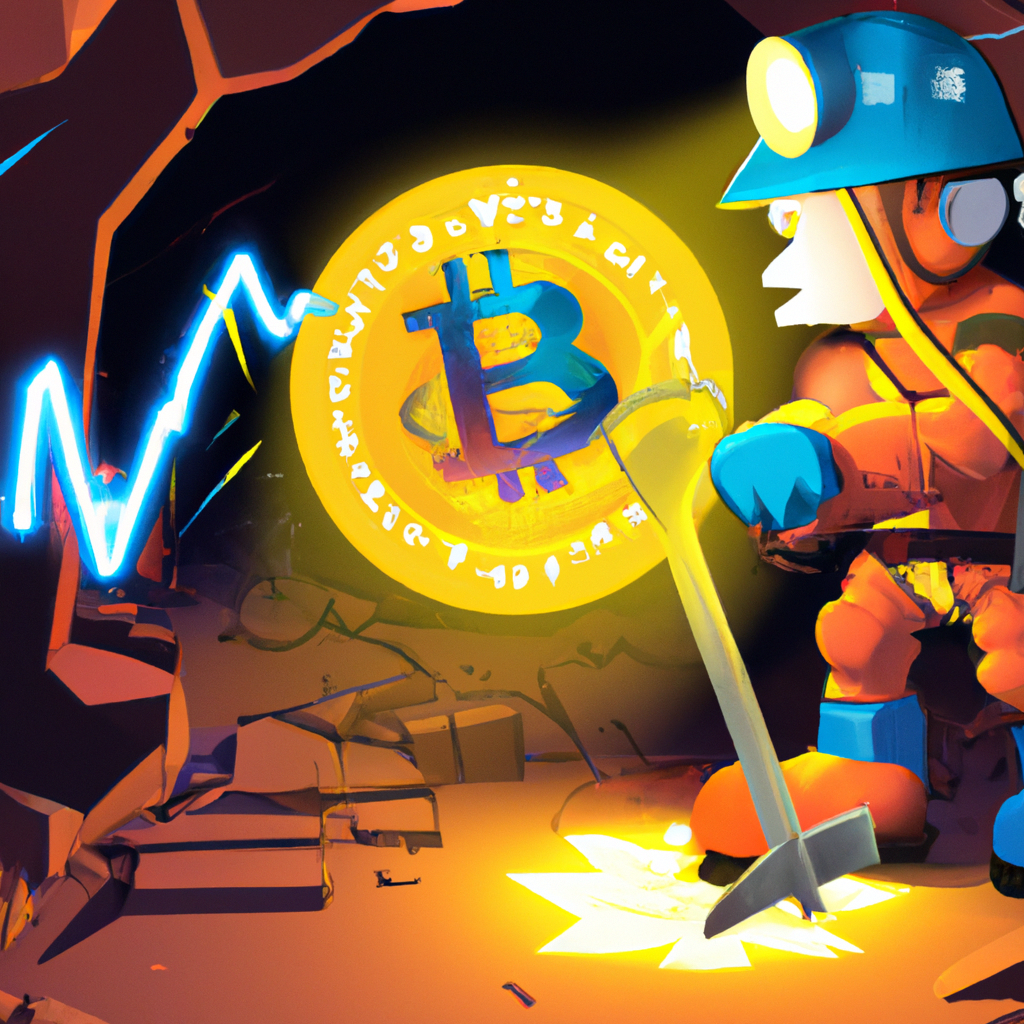
Today's Quote: ""
Bitcoin mining difficulty falls slightly from recent all-time high
2025-06-16 00:10:56
Understanding Bitcoin Mining Difficulty
Bitcoin mining difficulty is a measure of how hard it is to earn mining rewards, i.e., Bitcoin. This difficulty changes every 2016 blocks, approximately every two weeks, to maintain the average block time of 10 minutes. Recently, Bitcoin's mining difficulty has seen a slight drop from its all-time high.
Impact on Miners
The decrease in mining difficulty implies that it has become slightly easier for miners to solve the mathematical problems necessary to add new blocks to the Bitcoin blockchain. This change could lead to increased competition among miners as the potential for profits increases. High mining difficulty often forces less efficient miners out of the market. Hence, a decrease could potentially bring back some of these miners.
Implications for Bitcoin Price
Bitcoin's price doesn't directly correlate with mining difficulty. However, a drop in mining difficulty could mean more miners and therefore, more supply of Bitcoin. If demand remains constant, this could put downward pressure on Bitcoin's price. However, bitcoinmeter.io shows that other factors such as market sentiment also significantly influence Bitcoin's price.
Bitcoin Fear and Greed Index
The Bitcoin Fear and Greed Index, available on bitcoinmeter.io, is an essential tool to measure the market's current sentiment. It combines data from various sources to provide a single index value that oscillates between extreme fear (value=0) and extreme greed (value=100). Changes in the Bitcoin mining difficulty could potentially impact this index.
Conclusion
While a slight decrease in Bitcoin's mining difficulty might seem insignificant, it does hold implications for miners and potential effects on Bitcoin's price. However, a plethora of other factors, such as market sentiment measured by the Bitcoin Fear and Greed Index, also play a crucial role in influencing Bitcoin's price.
Disclaimer: This content is for informational purposes only and not financial advice...

